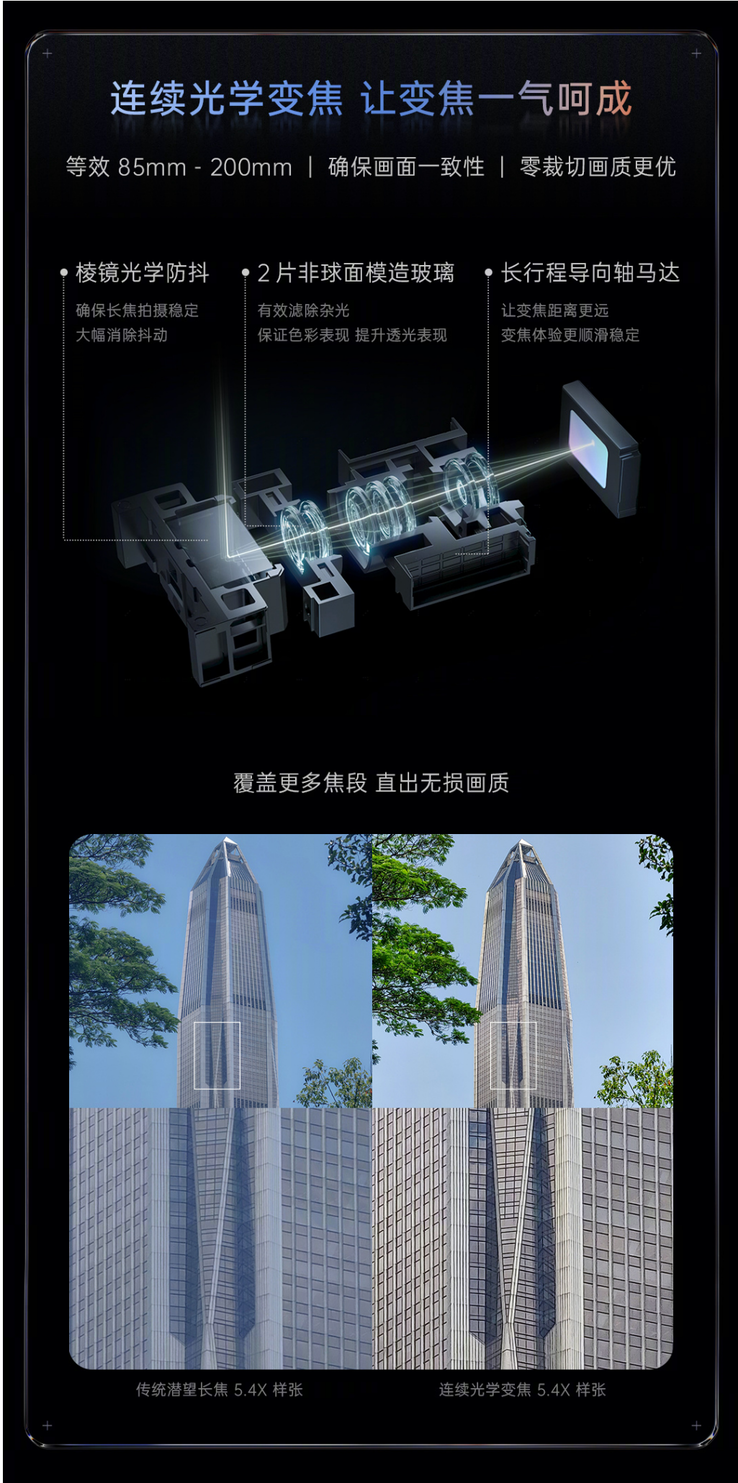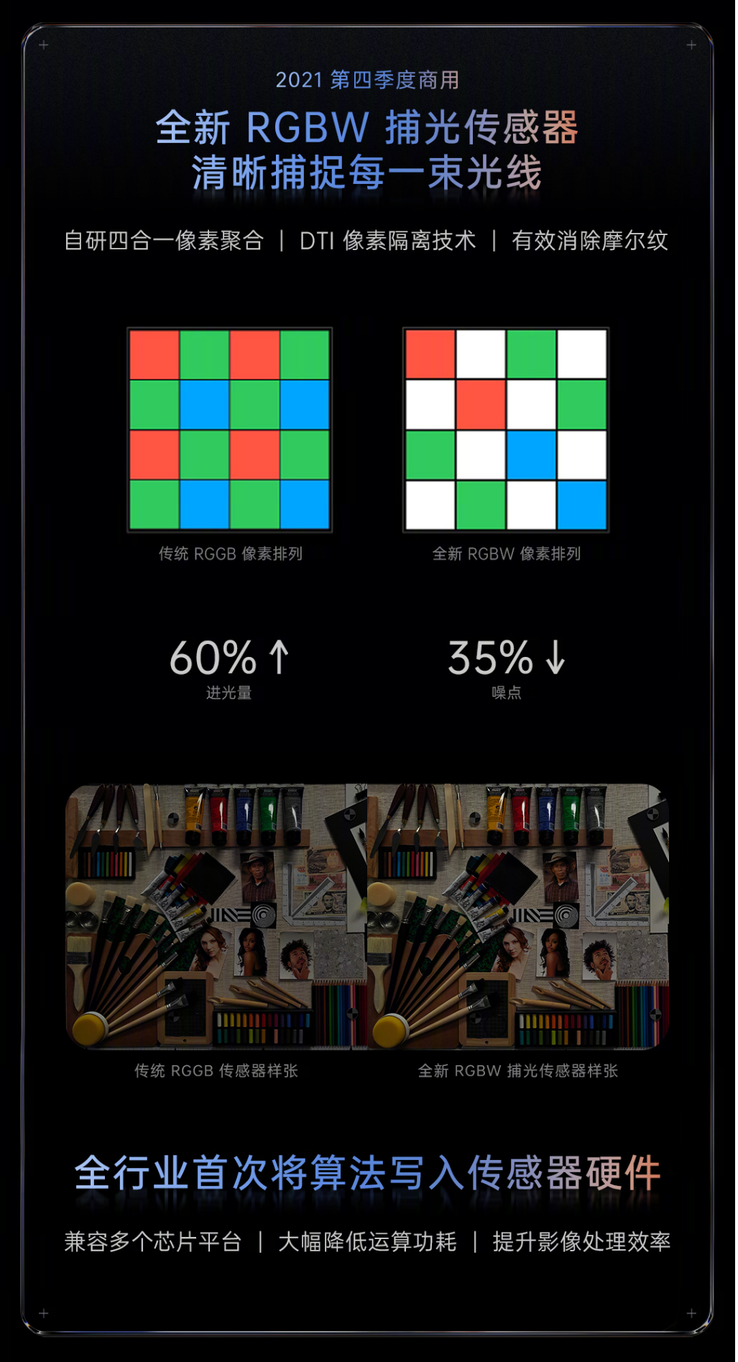OPPO has held an event called "The Future of Imaging, Today", which, as you can imagine, served to announce and discuss this OEM's latest advancements in camera technology most likely destined for the successors to its Find X3 series (and, very possibly, the OnePlus 9 series as well). Accordingly, its recently-announced Under-Screen Camera (USC) developments reared their heads again during this show, although the company had other innovations of at least equal interest to show off alongside them.
OPPO had already outlined the latest generation of its USC, although it did expand on this theme during its latest conference by revealing that it has been putting its algorithms through its machine-learning paces. This involves training its de-diffraction AI using a photo database tens of thousands of images strong. Therefore, the sensor in question might be less susceptible to the light-source-splitting phenomenon that is still prevalent in up-to-date devices such as the Axon 30 once its OPPO counterpart gets on the market.
Moving on to main shooters, OPPO claims to have developed a new RGBW Sensor, which amends the more usual matrix of sub-pixels that form a patchwork of "red", "green" and "blue" pixels (e.g. RGGB) by adding some that correspond to "white" instead. The OEM asserts that this development can improve light sensitivity by up to 60% compared to conventional matrices, while reducing noise by up to 35%.
Therefore, this new kind of sensor composition could result in improved low-light performance in future smartphones. It might be joined by OPPO's proprietary 4-in-1 pixel algorithm, which is combined with the deep trench isolation (DTI) technique found in many sensors of today to ensure this new level of light sensitivity.
OPPO may also have a new kind of periscope lens to join a camera with that new CMOS. This module would integrate the OEM's newest continuous zoom technology. It adds 2 new aspherical glass molds to the current penta-lens-group arrangement, rated to enhance light transmission compared to the previous iteration.
The module also has a tunnel magneto-resistive (TMR) sensor to control its moving parts for enhanced accuracy in zoom mode. These developments are rated to extend the range of continuous optical zoom to 85-200mm, whereas its predecessor had one of 85-135mm.
Finally, OPPO has premiered what it calls the world's first hardware-level "5-Axis Motion Anti-shake" technology for smartphones. It is rated to raise the maximal angle of stabilization to ±3°, a refinement of up to 65% compared to conventional mobile OIS, with a stabilization accuracy of 3.5x greater compared to older devices.
In fact, OPPO has gone so far as to say this new system will bring the phones endowed with it up to the level of SLR cameras; then again, similar claims have been made in the past. In addition, the OEM has also noted that all of these camera features come with the USC-like algorithms to underpin their potential next-gen upgrades. Nevertheless, tests of their real-world performance remain quite some way off into the future at this point.
Source(s)
OPPO via SparrowsNews




































